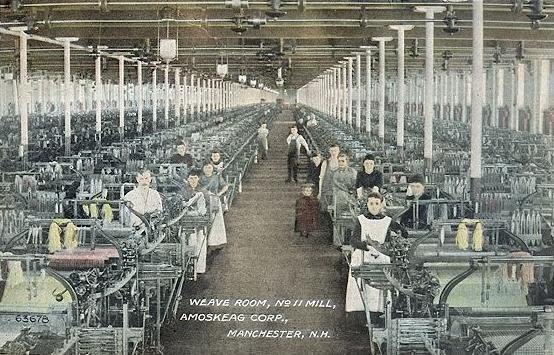Bringing Manufacturing Back Home
The concept sounds almost ridiculous. How could we bring manufacturing back to the United States and compete with overseas manufacturers who pay their people a fraction of what we pay here? Overseas manufacturers also have less regulation, both environmental and safety. It would be impossible to compete against them, wouldn’t it?
Turns out GE is “insourcing” its appliance manufacturing and being successful doing it, according to a recent HBR article by Brad Power.
GE created its Appliance Park in Louisville, Kentucky in the 1950s to keep up with incredible demand caused by the economic expansion of that time. The park reached peak employment of 23,000 in 1973. However the 2000s brought a wave of off-shoring of GE’s appliance manufacturing to suppliers like Samsung and LG, but these suppliers quickly became competitors. When the housing downturn occurred in 2007, demand plummeted and GE leadership was considering selling off the entire appliance business.
Dirk Bowman was GE Appliances General Manager of Manufacturing at this time and he went to then GE Chairman Jeff Immelt to pitch his idea to bring manufacturing back from Korea, China and Mexico. Immelt had his concerns. Why should they bring manufacturing back to old factories (Dirk’s plan was to bring the manufacturing back to Louisville) and pay union wage rates? Dirk was certain he could compete by being closer to customers, having engineering work closely with production and by using 15-20% of the labor that the overseas manufacturers use. GE invested $1 billion into the initiative.
The hurdles faced by the appliance group were massive. The factories needed major repairs and the team had to reduce product development cycles from 3-4 years to under 1.5.
The first product brought back home was a water heater. GE applied lean innovation tools and created a cross functional team to take on the project. According to Powers article, leadership met at 7:45 each day and the entire team met at 8:00 a.m. to review their action plans for the day. Then at 4:15 p.m. everyone met again to review what they had done.
Does your team have that kind of intensity? Most would consider that “micromanaging”, but it is not. It is simply putting the amount of focus required to do great things.
The team has been a great success. The new water heater contained 20% fewer parts and required 50% less labor to assemble. Inventory was reduced 60% and labor efficiency improved 30%, time to produce was reduced 68% and the space required for the line was reduced by 80%. All of this was accomplished paying workers union wages and with a commitment from Bowman that nobody would lose their job due to the lean project.
GE overcame the intrinsic disadvantages of manufacturing in the US using by out-thinking and out-performing their cheaper overseas rivals.
What intrinsic limitations are you struggling to overcome? With focused intensity and lean innovation tools, you can overcome them.
Photo courtesy of http://en.wikipedia.org/wiki/Amoskeag_Manufacturing_Company


 Share
Share  Tweet
Tweet  Email
Email  Print
Print